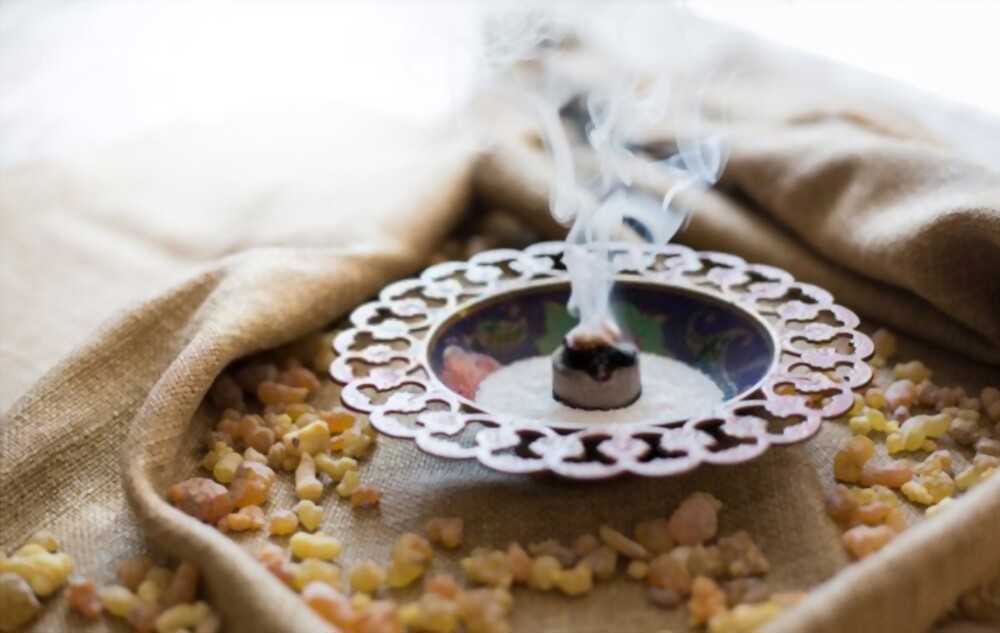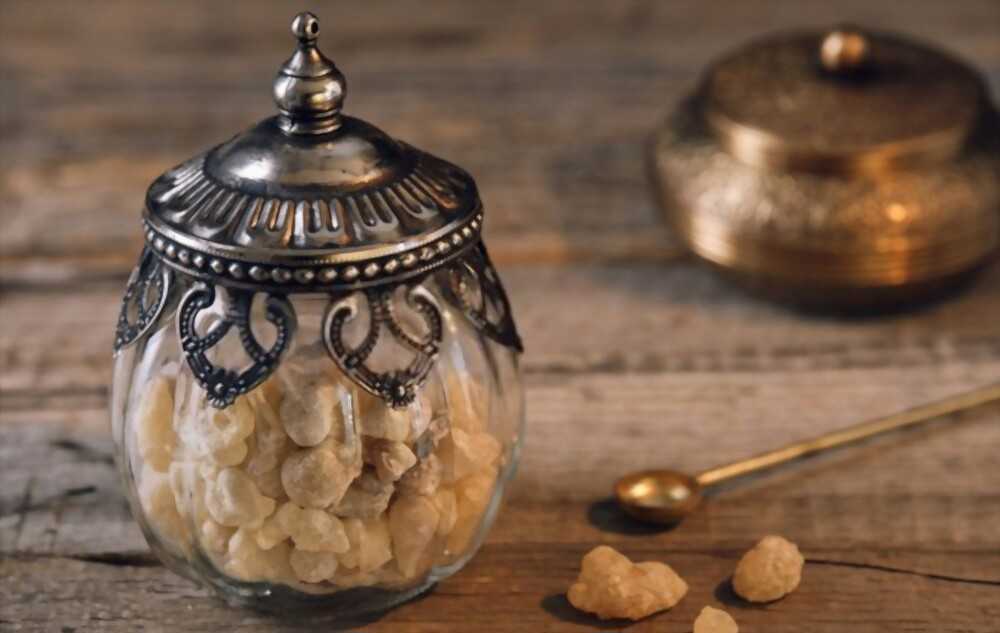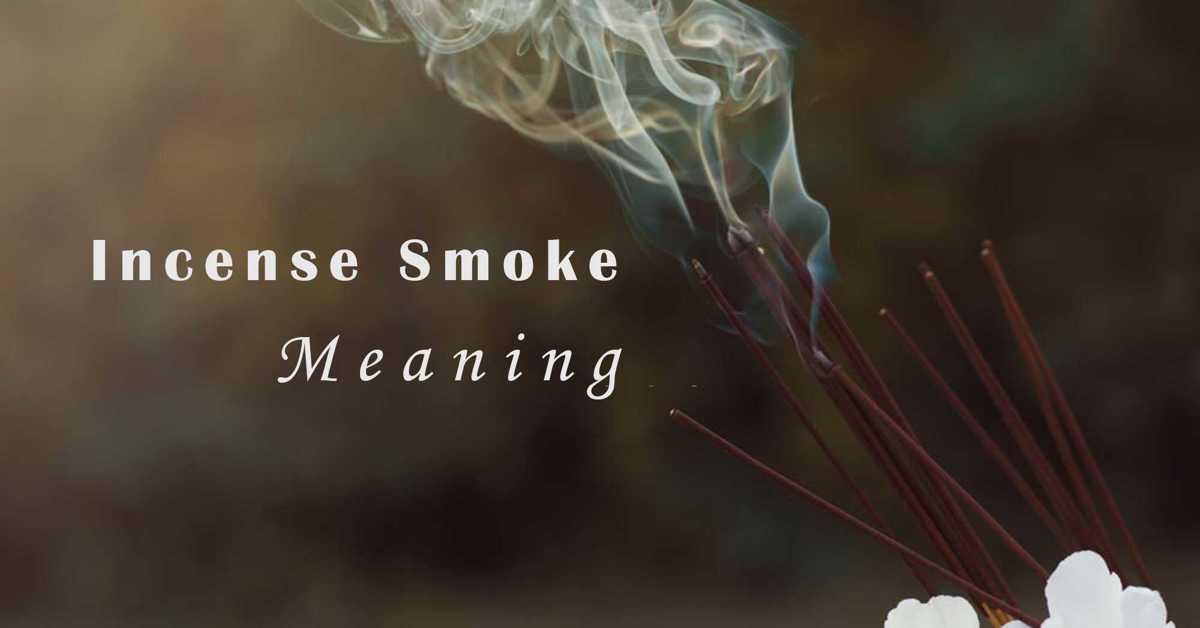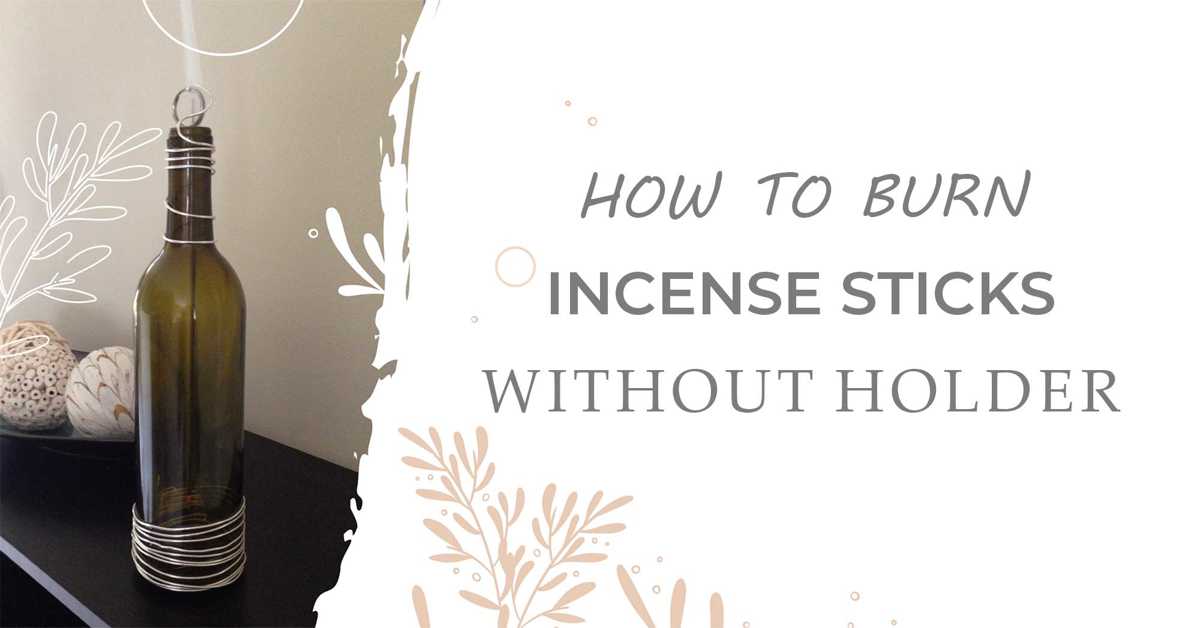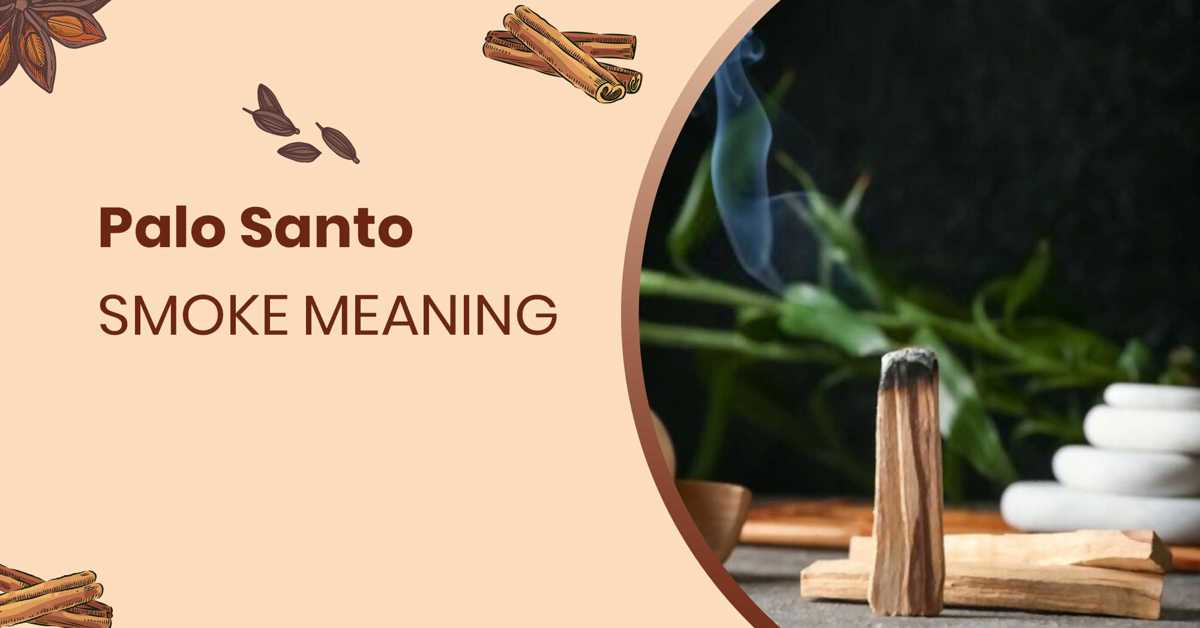Incense has been around for centuries, used for religious ceremonies and to ward off bad smells. But what is resin incense, and what are its benefits?
Resin incense is made from plant resins and other aromatic materials, and it offers a variety of benefits that traditional incense does not. For one, resin incense is more potent than traditional incense, so you need less of it to achieve the desired effect. Additionally, they are thought to be more therapeutic than traditional varieties.
There are many different types of resin incense, and each has its own unique aroma. They are often sold in small packets or jars, and they can be expensive compared to other types of incense. However, the intense fragrance it produces makes it a popular choice for aromatherapy. If you're looking for an alternative to traditional incense, or if you just want to try something new, resin incense is a great option.
In this article, we will learn together in detail about the origin, history, usage as well as benefits that resin incense brings.
1. Origin
Resin incense has been used for centuries in religious and spiritual ceremonies. The origin of resin incense is thought to be in the ancient world, where it was used in rituals and ceremonies. Resin incense is made from the sap of trees, which is then dried and powdered. It is believed that the first use of resin incense was in Egypt, where it was used in burial rites. Resin incense was also used by the Greeks and Romans in their religious ceremonies. In the Middle Ages, resin incense became popular in Europe, where it was used in churches and monasteries. Today, resin incense is still used in many religious ceremonies and is also used for its pleasant scent.
2. The different types
There are four main types of resins used in incense-making: tree resins, animal resins, plant resins, and synthetic resins. Each type has its own unique smell and purpose.
Tree resins are the most commonly used type of resin in incense. They're made from the sap of trees, and their strong scent is perfect for masking other smells. Tree resins are also known for their healing properties, which is why they're often used in aromatherapy.
Animal resins are made from the dried tears of animals such as camels or elephants. These resins have a musky scent that's perfect for grounding and centering yourself. Animal resins are also said to promote creativity and imagination.
Plant resins are made from the sap of plants, and they have a sweet, earthy scent. Plant resins are said to be helpful for relaxation and meditation. They're also said to promote psychic abilities and dream recall.
Synthetic resins are created in a lab, and they can mimic the scent of any other type of resin. Synthetic resins are perfect for those who want to experiment with different smells without having to buy multiple types of resins.
3. Ingredient
As mentioned above, there are many types of resin and their composition is also different. However, the most common is resin, and this is also the form of resin incense mentioned in this article.
Resin incense is a natural product made from the sap of trees in the family Burseraceae, such as Boswellia and Commiphora. The sap is harvested and then dried to create the final product.
Besides, they are also made from a variety of ingredients, including tree resins, plant oils, and aromatic herbs. The specific ingredients used vary depending on the desired scent and properties of the incense.
Some popular resins include frankincense, myrrh, copal, benzoin, styrax, and dragon's blood.
4. Benefits
There are many benefits to using resin incense, including the fact that it can help to purify your space, provide a pleasant scent and create an ambiance of peace and relaxation. Resin incense is also said to have medicinal properties and can be used to treat a variety of ailments. In addition, resin incense can be used as an offering to the gods and goddesses, as well as to your ancestors.
Resin incense has been used for centuries by many cultures for its beneficial properties. The most popular resins used in incense making are frankincense, myrrh, and copal. These resins are said to cleanse and purify your space, as well as provide a pleasing scent. Frankincense and myrrh are also said to have medicinal properties and can be used to treat a variety of ailments. Copal is often used as an offering to the gods and goddesses, as well as to your ancestors.
When burned, resin incense releases negative ions into the air, which are said to help purify your space and create a positive atmosphere. Resin incense is also said to help balance your chakras and promote healing. In addition, burning resin incense can be used as part of spell work or meditation.
If you are looking for a natural way to purify your space and create a positive atmosphere, consider burning resin incense. You may be surprised at the many benefits it can provide.
5. Use
Resin incense has been used for centuries for its ability to produce a variety of pleasing scents. The most common way to use resin incense is to burn it on charcoal briquettes. This allows the heat from the burning charcoal to slowly release the fragrance of the resin. Resin incense can also be added to dry potpourri mixes or used in oil diffusers.
To use resin incense, you will need a heat-proof container, such as a ceramic dish or a metal bowl. Place a small amount of the resin onto the heated surface and allow it to melt and release its fragrance. You can then waft the smoke around the room with your hand or a feather.
If you are new to using resin incense, it is best to start with a small amount and build up to larger amounts as you become more comfortable with the process. It is also important to be sure that the area in which you will be burning the incense is well-ventilated.
Please refer to the following articles to learn more about the process of burning resin incense.
>>> How to Burn Resin Incense for the Best Results
>>> How to Burn Resin Incense Without Charcoal: Tips and Tricks
6. Side effects
There is some debate over whether or not incense resin is toxic, with some people believing that it can be harmful if inhaled.
There are a few potential risks associated with burning resin incense. Resin is typically made from tree sap, which can contain harmful chemicals. Inhaling the smoke from burning resin incense can also be irritating to the lungs and cause respiratory problems. Finally, some people may be allergic to the ingredients in resin incense, which could cause a reaction. However, these risks are generally considered to be low, and burning resin incense is generally considered safe. If you're concerned about your health, you can always ask your doctor for their opinion.
However, when it comes to burning resin incense, there are a few risks that you should be aware of. The most common risk is that the resin could catch fire and cause a fire hazard. If you are using incense resin in an enclosed space, make sure that there is plenty of ventilation so that the smoke can dissipate quickly. Additionally, keep an eye on the incense while it is burning to make sure that it does not get too close to any flammable materials. Finally, always extinguish the resin completely before throwing it away to prevent any accidental fires.
Read the article: Safety rules when burning incense for more useful tips.
7. Storage
To get the most out of your incense resin, it is important to store it properly. Resin is a natural product and will degrade over time if not stored correctly. Here are some tips on how to store your resin to keep it fresh and potent:
Store in a cool, dark place. Resin is sensitive to light and heat, so it's best to keep it in a dark cupboard or drawer.
Keep it airtight. The resin will absorb moisture from the air, so it's important to keep it in an airtight container. A mason jar or other glass jar with a tight-fitting lid works well.
Add a desiccant packet. If you live in a humid climate, or if your resin is particularly old, you may want to add a desiccant packet to your storage container. This will help absorb any moisture in the air and keep your resin from drying out.
Store in the fridge. For long-term storage, you can keep your resin in the fridge. This will help it retain its potency for longer. Just be sure to bring it back to room temperature before using it, as cold resin can be difficult to burn properly.
Read the article: Guide to the 3 most effective methods to preserve your incense for more details!
8. Where to buy resin incense
If you're looking for high-quality incense resin, there are a few places you can check out. Online retailers like Amazon and eBay offer a wide variety of incense resins from different brands. You can also find incense resins at some health food stores or metaphysical shops.
When buying incense resin, make sure to read the product description carefully. Some resins are meant to be burned on charcoal discs, while others can be burned without any type of heat source. If you're not sure how to use a particular resin, it's best to consult with an expert before purchasing it.
Once you've found the perfect incense resin for your needs, light it up and enjoy the beautiful fragrance it produces!
Read the article: Review the top 11 best incense resin products on the market to choose for yourself the most suitable product!
Conclusion
Resin incense is a unique type of incense that has been used for centuries in religious ceremonies and meditation. The origin of resin incense can be traced back to the ancient Egyptians, who used frankincense and myrrh in religious ceremonies. Today, there are many different types of resin incense available, each with its own unique scent and benefits. If you’re looking to add some extra ambiance to your home or want to enjoy the therapeutic benefits of incense resin, here is everything you need to know about using this type of incense. Is resin incense toxic? How do I store it? Where can I buy it? Let us know what you think in the comments below!
Related articles
Show moreSource
1. Burseraceae
https://en.wikipedia.org/wiki/Burseraceae
2. Characterisation of airborne particles and associated organic components produced from incense burning
https://link.springer.com/article/10.1007/s00216-011-5209-7
3. The botanical identity and transport of incense during the Egyptian New Kingdom


